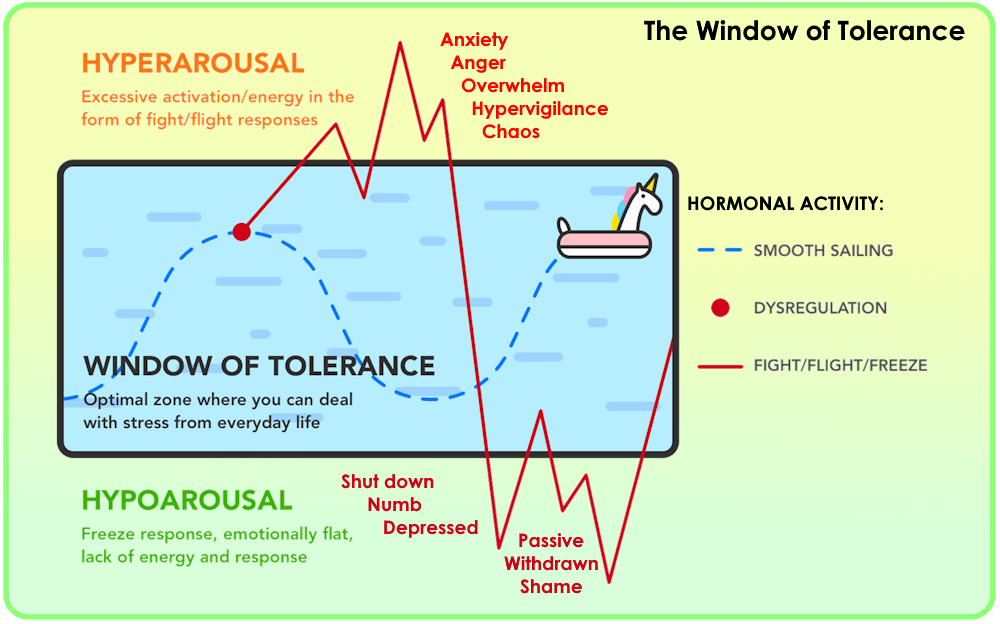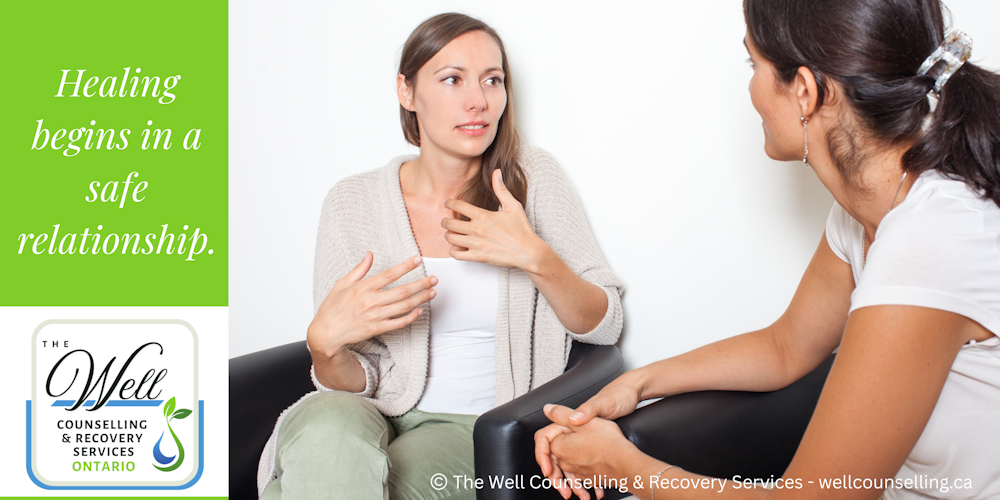Trauma: More Common Than You Think!
Trauma can keep the brain’s alarm system stuck in overdrive, leaving the body on high alert and storing memories in fragmented, emotional form.
Emotionally-Focused Individual Therapy (EFIT) creates a safe space to connect with and transform these experiences. Through this process, the brain can begin to “update” old trauma responses, allowing you to feel safer, more connected, and more in control.
Research suggests that around 60% of adults have lived through at least one major traumatic event. While not everyone who experiences trauma develops Post-Traumatic Stress Disorder (PTSD), the effects of trauma can still linger—sometimes for years.
The good news? With the right kind of support, healing is possible. You can move through your distressing symptoms and begin to feel safe and whole again.
In Emotionally-Focused Individual Therapy (EFIT), the focus isn’t on labels or diagnoses. What matters most is how your experience lives in your body and your story. When I sit with a client who has been through trauma, I’m listening for the moments that left a lasting emotional mark—especially the ones that seem to keep them stuck.
Many trauma survivors experience things like:
- Intrusive thoughts or flashbacks
- Nightmares or sleep problems
- Strong emotional or physical reactions to reminders of the event
- Avoidance of places, people, or topics linked to the trauma
- Self-medicating to numb or cope
- Memory gaps or missing pieces of the story
- Feelings of shame, self-blame, or disconnection from others
- Symptoms of depression, anxiety, or intense anger
Trauma Hijacks Your Stress System
If you’ve experienced a trauma, your nervous system reacts to “triggers.” So, when something scares or startles you, your body’s stress system kicks in right away. Hormones, nerves, and brain signals work together to get you ready for a response of fight, flight, freeze, or fawn.

Generally, once a perceived danger is over, the body settles down and you begin to feel normal again, meaning the threat was within the “Window of Tolerance” (see above). But if you have experienced severe or repeated trauma, the perceived threat can send you off into overdrive. Even small hassles can feel life threatening, and the stress response keeps firing long after the real danger is gone.
This might look like intense anger, depression, or shame.
How Traumatic Memories Get Stuck
Right after an event, the brain’s hippocampus files the memory as short term. Later it should move to long term storage in the thinking parts of the brain. Severe trauma disrupts that hand off. The memory stays locked and over time, these “stuck” memories can shape how we see ourselves and how we relate to others.
Traumatic experiences can shift how you see yourself, others, and the world. I often hear trauma survivors say that they feel like “too much” or unworthy of love. They fear abandonment and rejection. If you are a survivor of trama, you may feel damaged, unsafe, or like you can’t trust your own emotions.
In therapy, we gently unpack these emotions and find the stories behind them. We begin to understand how your nervous system and emotions are protecting you—even if those strategies no longer serve you.
From there, healing begins.
The good news is that memories can be updated! New research on memory reconsolidation shows these painful traces aren’t set in stone. Under the right conditions—often in therapy—they can be “re-edited” with new, safer information, shrinking their power and helping people reclaim their lives.
Emotionally-Focused Individual Therapy Helps Heal Trauma
The model I often use for trauma is Emotionally Focused Individual Therapy (EFIT). Trauma memories often get “stuck” in the body and brain. Even long after the event, certain triggers can make it feel like the danger is happening all over again. EFIT helps shift those memories—not by retelling the story in detail, but by changing how the emotional experience is held.
In EFIT, healing begins in a safe relationship. It’s my job as your therapist to stay present and attuned as you connect with your deep emotions like fear, shame, or grief—often for the first time in a supportive setting. This new emotional experience sends a powerful message to the nervous system: This time, I’m safe. I’m not alone.
This process helps “update” the trauma memory through something called memory reconsolidation—where emotional responses attached to past experiences are transformed. The pain doesn’t have to be erased to heal—but how we carry it can change.
If you would like help processing your past, let’s get the process started together.


